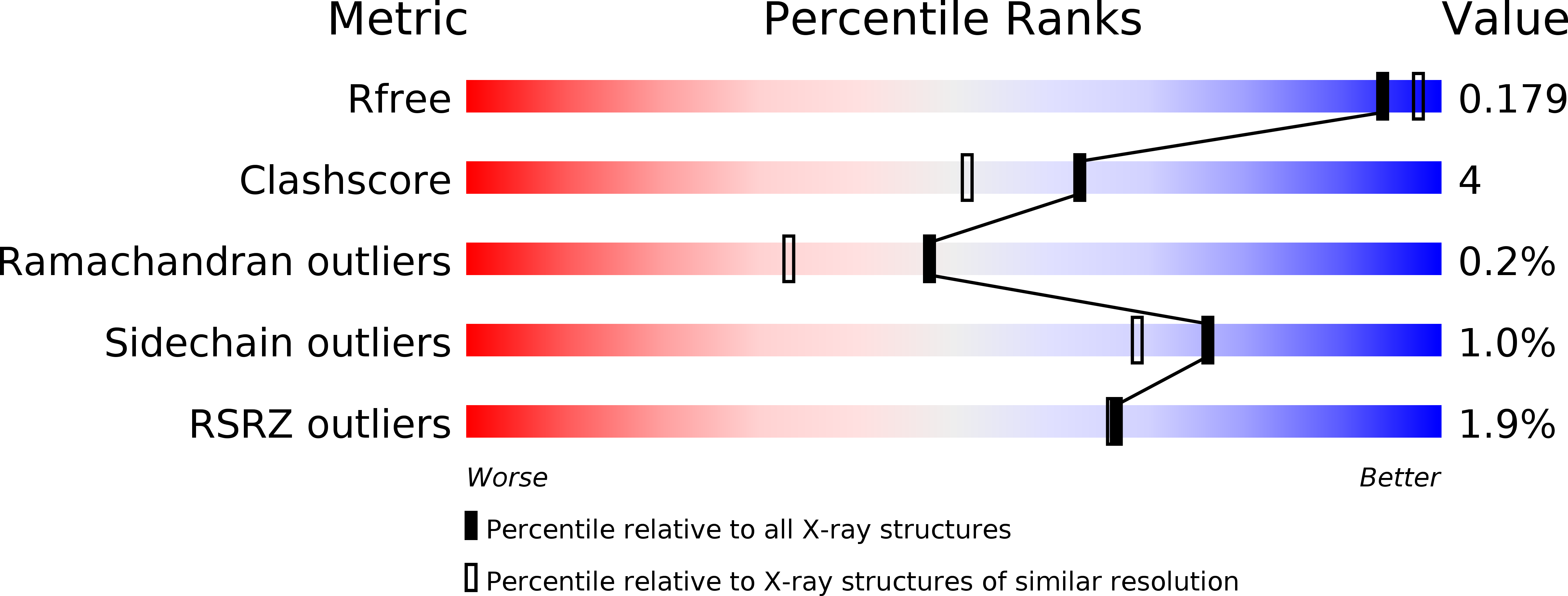
Deposition Date
2013-03-13
Release Date
2013-07-03
Last Version Date
2024-04-03
Entry Detail
PDB ID:
4JM3
Keywords:
Title:
Enduracididine Biosynthesis Enzyme MppR with HEPES Buffer Bound
Biological Source:
Source Organism:
Streptomyces hygroscopicus (Taxon ID: 1912)
Host Organism:
Method Details:
Experimental Method:
Resolution:
1.85 Å
R-Value Free:
0.17
R-Value Work:
0.14
R-Value Observed:
0.14
Space Group:
P 31 2 1


